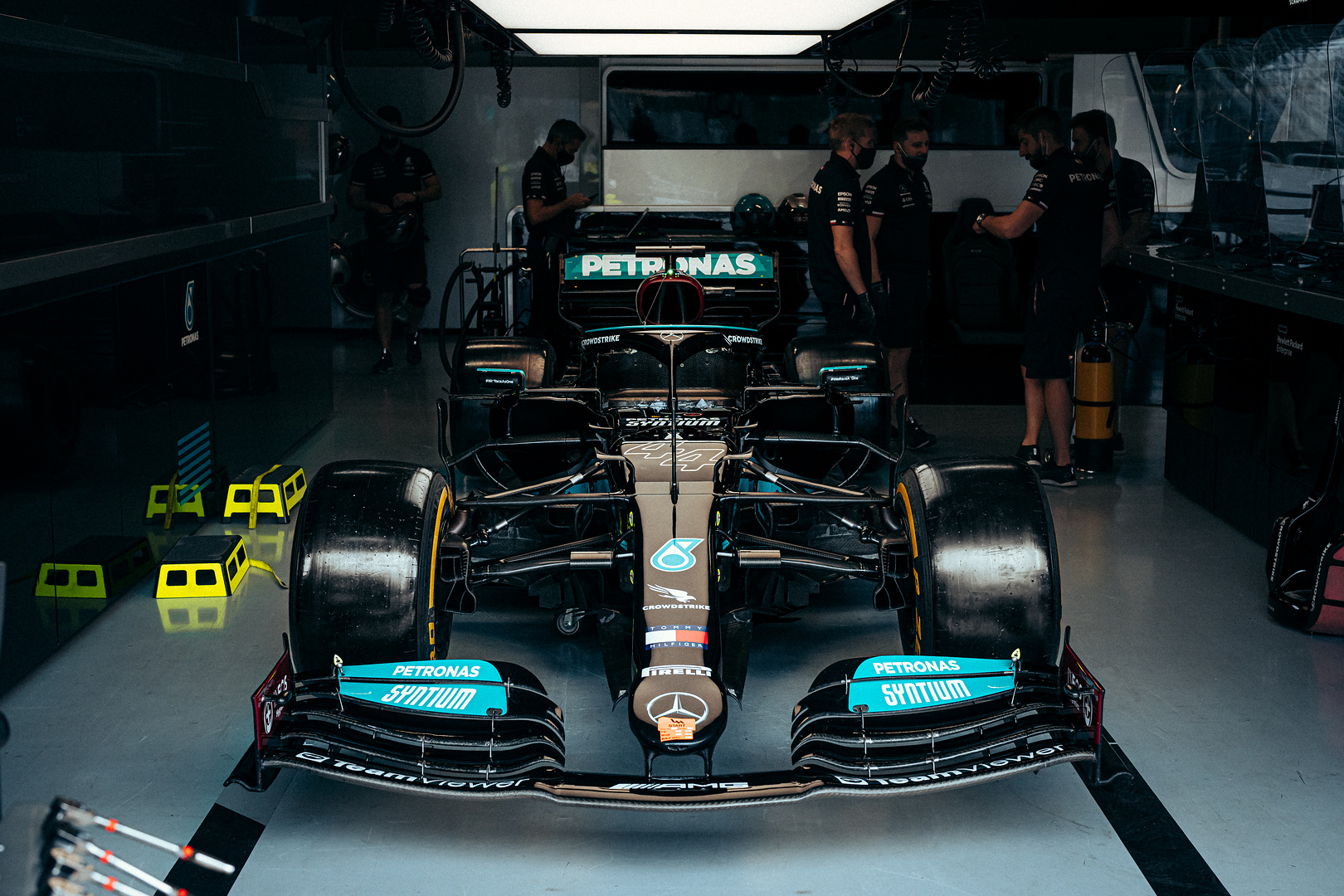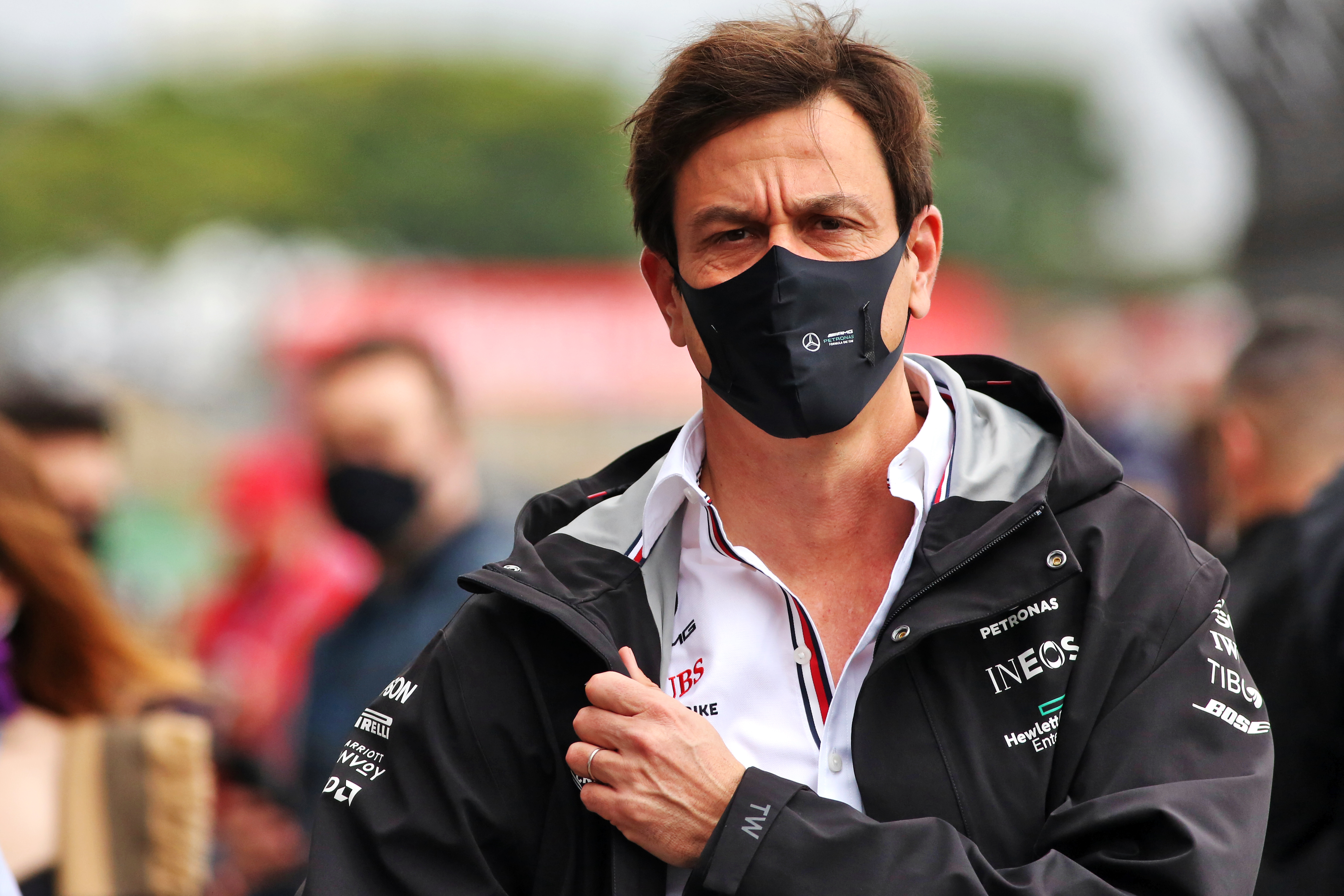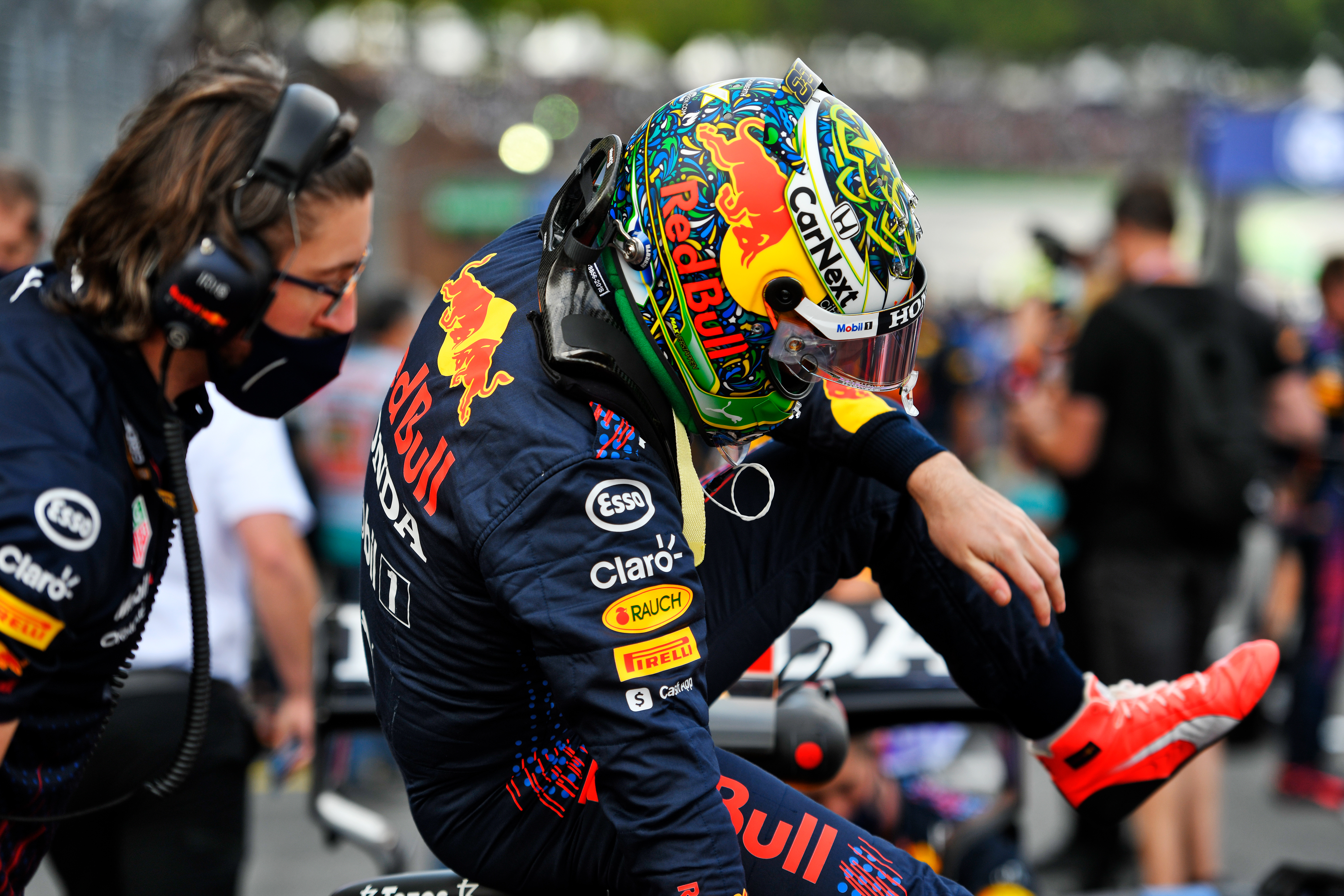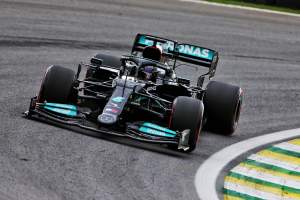Up Next

Mercedes team boss Toto Wolff feels that “a different modus operandi” to Formula 1 convention was followed in the process which led to Lewis Hamilton being disqualified from qualifying for the Saturday sprint race at Interlagos and having to start from the back after qualifying comfortably fastest.
Hamilton’s Mercedes failed a post-qualifying check on the rear wing’s DRS gap. Although the gap in the centre of the wing and the outboard left extremity was within the 85mm maximum when open, it was found that on the right-hand outboard side it was 0.2mm more than permitted.
FIA technical delegate Jo Bauer reported this to the stewards who then had to rule on the matter. It is at the delegate’s discretion which discrepancies are reported to the stewards and which are dealt with by instructing the team involved to correct minor infractions.
The FIA has retained the wing for the remainder of the race weekend so Mercedes has not been able to assess why it failed the test but believes something to be broken in its mechanism.
“Our number 1 [mechanic] was there as it was being tested and he has reported that he believes it to be broken,” explained Wolff.
The FIA statement confirming the penalty stated the stewards accepted the infringement was not intentional, saying “it was clear to the stewards that the additional deflection was due to additional play either in the DRS actuator or the pivots at the end, or some combination or other fault with the mechanism, or incorrect assembly of the parts…” and “the stewards fundamentally accept the competitor’s explanation that the cause of the failed test was something ‘gone wrong’ rather than a deliberate action.”

However, the technical directive used to determine how compliance to the regulation is measured was followed to the letter, as explained in the FIA’s penalty confirmation:
“The maximum gap is measured, in accordance with TD/01119, by pushing an 85mm gauge against the gap with a maximum load of 10N. If the gauge goes through, then the car has failed the test.
“In this case, the gauge would not pass through at the inner section of the wing, but did at the outer section of the wing. This test was repeated four times with two different gauges.”
Although a technical directive is not, in itself, a regulation, it is considered the guidance for teams as to how the stewards will measure and judge compliance.
Wolff however feels that a more lenient interpretation has traditionally been followed and he had respect for the difficult situation faced by the stewards.
“It’s certainly not easy ruling on such a contagious topic when it is about a world championship,” he said.
“They need to look at… how the process went from telling us we had marginally failed the test to not allowing this to be fixed like the normal protocol would be but rather reported to the stewards.
“The bullet was out of the gun and put the stewards in a difficult situation to make the right judgement.”
Wolff contrasted the situation with the repairs made to the Red Bull rear wings during qualifying in Mexico.
“Then, work on their rear wing was permitted,” he said.

“So no different in terms of parc ferme situation.
“This time it was judged if it had happened during the session we would have been allowed to fix it. But not at the end of the session.
“Why during it but not the end? It is what it is.
“In the past there was a common sense buffer which didn’t exist yesterday but it’s all to the dot in the regulations so you need to respect that and acknowledge that it’s a fierce fight with several entities involved and other stakeholders involved…
“Everyone is trying to do their jobs the best they can but something went against the modus operandi in the last 24 hours; either pressure from other stakeholders or just different modus operandi.
“If so, you need to maybe look at others with a more strict eye.
“From now we will be asking questions of everything.
“If a gentleman’s agreement existed before it doesn’t now.”
As a backdrop to the apparently random test, it is Red Bull’s belief that the Mercedes rear wing may be flexing, given its straightline performance pattern.
Max Verstappen made reference to that belief when asked why he had touched the Mercedes wing after qualifying.

“I was just looking at how much their rear wing was flexing – at that point,” he said.
And he followed that up with: “There have been talks [about Mercedes’ straightline performance]. I think there are still things to look into because it seems at a certain speed the wing is flexing.
“At the beginning of the season we had to all change the rear wings because of the back-off but it seems like something is still backing off over there. That’s why I went to have a look.”






